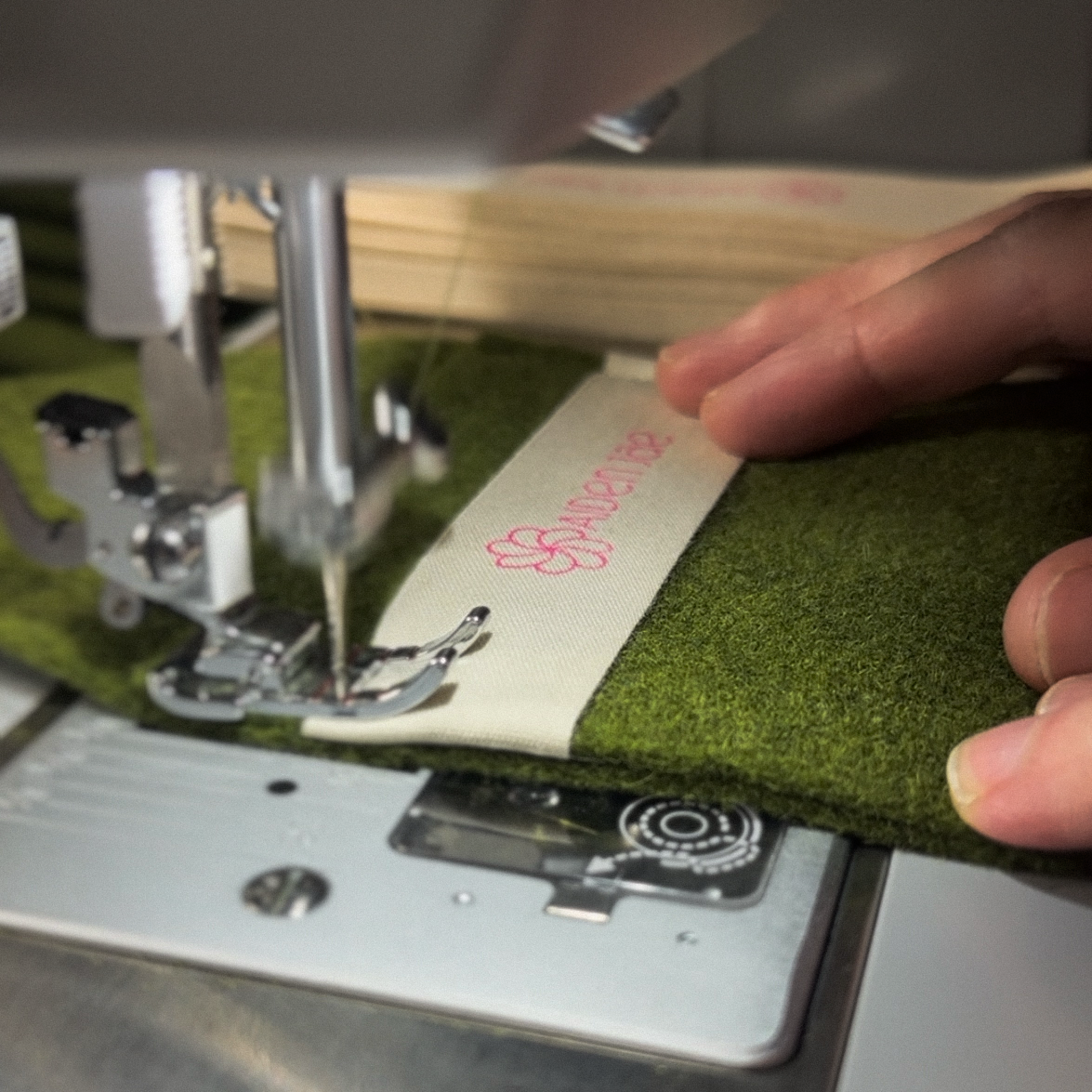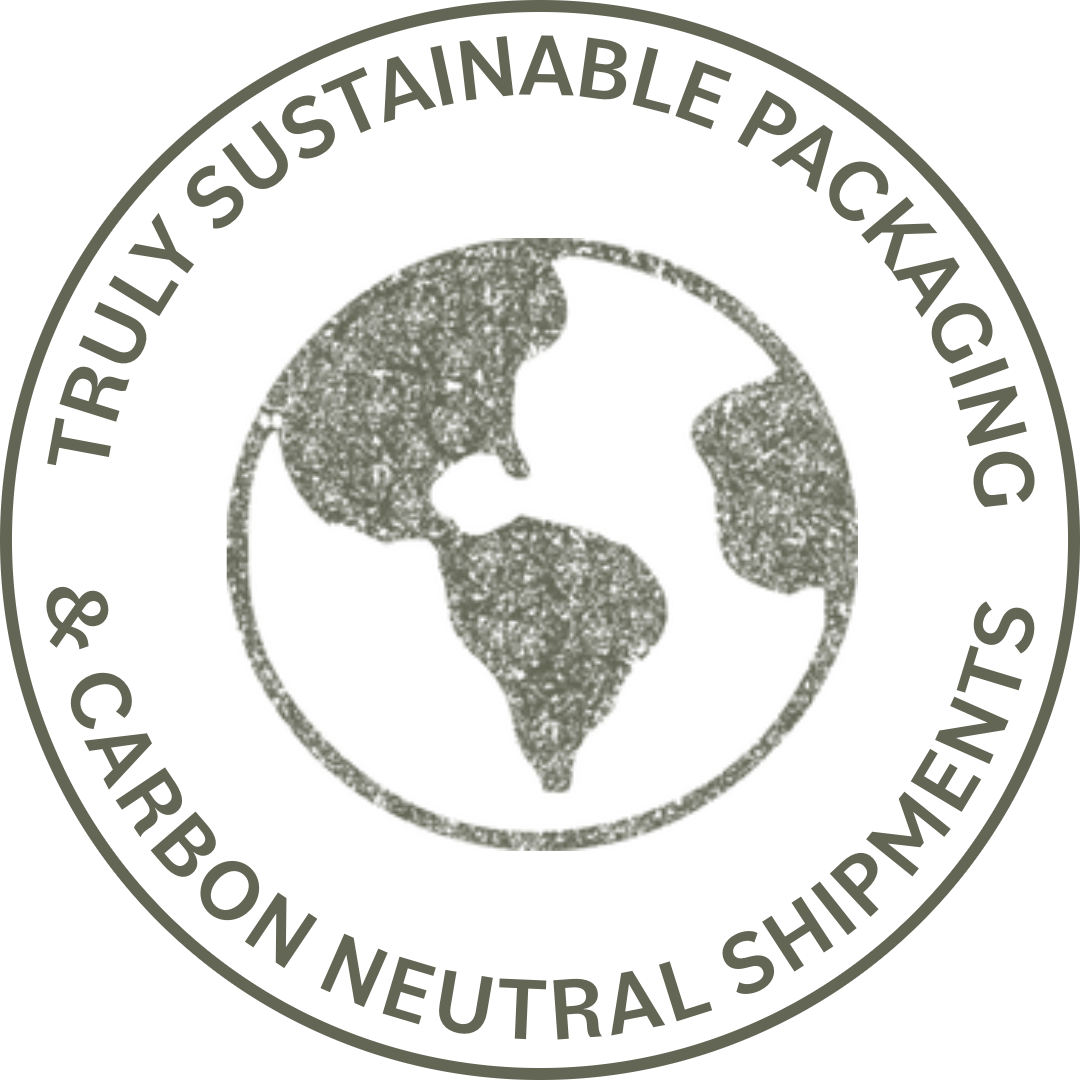Sustainable Jewelry Materials: Ethical Sourcing & Recycled Gold
Sustainability
It's not a greenwashed buzzword for us — sustainability is a guiding principle in everything we do at Aiden Jae. From the jewelry we craft to the packaging we use and how we ship, we strive not just to minimize our impact on the planet, but to drive positive change through our actions.
Sustainability is a journey, and we are committed to transparency as we continue to grow and evolve. We'll be sure to update you along the way. For now, here's how we're currently taking action to reduce our environmental footprint and make a meaningful difference...
Our Materials
What We're Made Of

Aiden Jae always goes for the gold — solid 9k and 14k yellow gold, to be exact.
Why, you ask? Well, it's not just because it looks fabulous. Its other winning attributes are wearability, durability, and longevity. And in the case of 9k gold — affordability, making 9k gold an attainable alternative to higher karatages. Sustainability needs to be affordable in order to be accessible and actually make an impact.
The icing on the cake: Our gold is 100% recycled, our stones are genuine, and all materials are responsibly sourced through our Responsible Jewellery Council (RJC) certified partners, the world’s leading standard setting organization for the jewelry industry, ensuring human rights and environmental respect and protection are always in fashion.
Here's what we considered when crafting our recipe for sustainability:
Solid Karat Gold vs Gold-Plated & Vermeil
Solid gold jewelry is like the chocolate ice cream of the jewelry world... you've got the different karatages, like your milk chocolate and dark chocolate flavor options – different intensities, but all just as consistently delicious all the way through.
Gold-plated and vermeil jewelry, however, is a bit more like a scoop of vanilla with a magic chocolate shell. It's made by applying a thin layer of gold to base metal or sterling silver using an electrically charged bath of gold and chemicals. If the gold coating on sterling silver is at least 2.5 microns thick, it earns the fancy title of 'vermeil' (pronounced 'ver-may'). But here's the figurative and literal rub: due to its composition, gold-plated and vermeil jewelry is extremely susceptible to oxidation, discoloration, scratches, flaking, and corrosion. Kept away from moisture, gold-plated jewelry can last up to a year, while vermeil might stick around for up to three years or so. Replating may be possible, but can be costly. Sadly, most gold-plated jewelry ends up being bought in excess to follow trends, only to be discarded, which is super wasteful. And the potential for chemical leaching and exposure at any point in the plated-product life cycle isn't exactly a good thing for people or the planet. Not so yummy.
Recycled vs Fairmined Gold
At Aiden Jae, we use 100% recycled gold in our jewelry, which is exactly what it sounds like – gold that's been previously refined, used in some way, and then repurposed. It makes up 33% of the annual gold supply and is a great choice due to its accessibility and minimal price difference compared to conventionally mined gold, which brings significant negative environmental and ethical impacts to mining communities.
However, it's important to recognize that recycled gold is not without its issues. Its origins can be hard to trace, and it's possible that it might have been mined recently and quickly turned into recycled stock. It's also conceivable that gold associated with shady activities or human rights abuses could enter the global supply chain and be "cleaned up" as recycled gold.
The other sustainable option is Fairmined gold. This is gold sourced from small-scale mining organizations that adhere to strict legal, labor, technical, social, and environmental standards. Choosing Fairmined gold means you're supporting responsible mining practices and making a positive impact on the lives of artisanal miners and their communities. It allows consumers to establish a direct connection with the miners and the mining communities, promoting transparency and ethical sourcing. But, like everything, Fairmined gold has its challenges. While it's a commendable choice, it's more expensive than both conventional and recycled gold, costing on average 10-30% more. Additionally, it currently represents less than 1% of the global gold production, making its availability limited compared to recycled gold.
As Aiden Jae grows and as Fairmined gold becomes more accessible, we may consider making the switch. We believe in the potential of Fairmined gold to promote ethical and sustainable mining practices, and we recognize the positive impact it can have on mining communities. For now, our choice to use recycled gold is driven by a commitment to offer sustainable and affordable jewelry. Despite its limitations, recycled gold is a step in the right direction towards a more sustainable jewelry industry. It reduces the demand for newly mined gold and repurposes existing resources, thereby conserving energy and reducing environmental impact.
Mined Diamonds & Gemstones vs Lab-grown Stones
Lab-created stones, including diamonds, are often pitched as ethical and sustainable alternatives. They are also lower cost... but inherently lower value. And they come with a side of possible complications, including high energy usage, potentially large carbon footprints, lack of traceability, and end-of-life waste concerns. The creation of these stones requires substantial energy, often leading to significant carbon emissions, especially if the energy is derived from non-renewable sources. Moreover, the traceability advertised for lab-grown gemstones usually refers to the production process, not the sourcing of raw materials, which can still be linked to mining-related issues. Finally, disposal or recycling of these lab-created stones at the end of their life cycle presents potential environmental implications.
Aiden Jae offers high-quality, hand-cut gemstones and diamonds that are responsibly sourced and comply with the Kimberley Process. These genuine, mined mineral treasures are not lab-created, synthetic, or simulated, as we believe in the unique beauty and intrinsic value of naturally occurring gemstones. We understand that each stone has its own story, formed over millions of years, and we are committed to honoring that story by sourcing ethically and sustainably.










